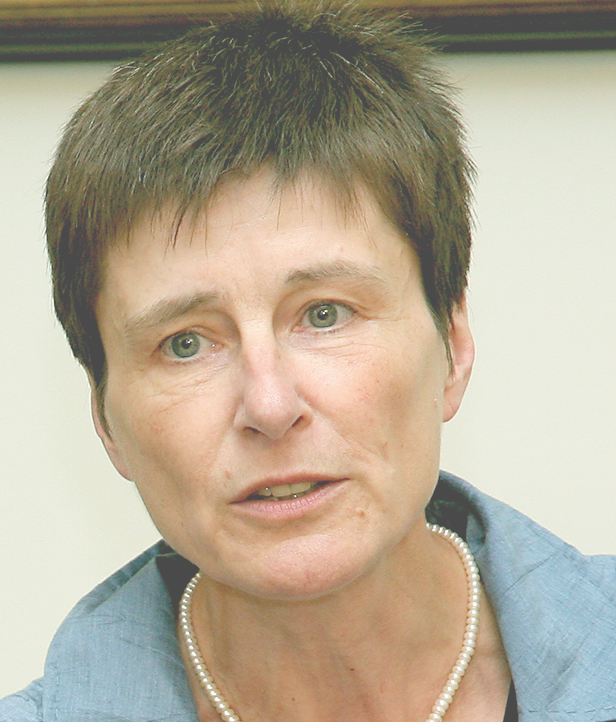
PRESENTING AUTHOR: Professor Catherine Verfaillie, KU Leuven
AUTHORS: Joris Braspenningen, Toni Cathomen, Philip Collas, Claus Duschl , Silvia Generelli, Marcus Heimann Aernout Luttun, Yaakov Nahmias, Vera Rogiers, Pau Sancho-Bru, Bard Smedsrod. Leo van Grunsven, Jan Vanfleteren, Catherine Verfaillie, Mathieu Vinken
ABSTRACT
In HeMiBio, we proposed to generate a liver-simulating device mimicking the complex structure and function of the human liver. The device will reproduce the interactions between hepatocytes and non-parenchymal liver cells (hepatic stellate cells (HSCs), liver sinusoidal endothelial cells (LSECs) for over 1 month in vitro.
Such a Hepatic Microfluidic Bioreactor could serve to test the effects of repeated exposure to chemicals, including cosmetic ingredients. To create such a device, the cellular components of the liver need to be viable for over 1 month, with in vivo-like metabolic and transport function, and physiology.
Microsensors were created to monitor cell culture conditions and to measure at specific interrogation times relevant parameters of the state of the cells.
In addition, stem cells were used to create the different cell population, and were equipped with molecular sensors to provide information not only on the state of the cells, such as differentiation to mature cell types, but also on toxic effects on specific cell types.
Finally, we developed self- assembled organoid systems of hepatocytes and HSCs to enable modeling of repeat dose toxicity causing liver fibrosis as the clinical endpoint.
SPEAKER'S BIOGRAPHY
Prof Catherine Verfaillie
 Catherine Verfaillie received her Medical degree from the KU Leuven in 1982. She then trained as an internist/hematologist at the KU Leuven between 1982 and 1987. She went to the U. of Minnesota in 1987 for a postdoctoral fellowship. After completing her post-doctoral fellowship, she was appointed consecutively as Instructor, assistant professor, associate professor and finally full professor of Medicine in 1998. In 2001, she became the Director of the University of Minnesota’s Stem Cell Institute.
Catherine Verfaillie received her Medical degree from the KU Leuven in 1982. She then trained as an internist/hematologist at the KU Leuven between 1982 and 1987. She went to the U. of Minnesota in 1987 for a postdoctoral fellowship. After completing her post-doctoral fellowship, she was appointed consecutively as Instructor, assistant professor, associate professor and finally full professor of Medicine in 1998. In 2001, she became the Director of the University of Minnesota’s Stem Cell Institute.
In 2006, she accepted to become the director of the Interdepartementeel Stamcel Instituut at the KU Leuven. She has a longstanding career in stem cell biology, initially focusing on normal hematopoietic stem cells and leukemic stem cells, and the role played by the microenvironment in regulating their selfrenewal and differentiation ability. Since 1997 she has also focused extensively on more pluripotent stem cells. Her group described in 2002 a novel cell population culture from rodent and human bone marrow samples with greater expansion and differentiation potency, named multipotent adult progenitor cells or MAPC.
The current research of the Verfaillie lab is focused on understanding what regulates selfrenewal and (de)differentiation of adult as well as embryonic/induced pluripotent stem cells, and testing the possible use of stem cell based and stem cell derived therapies in animal models of hematopoietic, liver, and CNS disorders. In 2014, she created the KUL-STEM platform, for the generation and differentiation of induced pluripotent stem cells as disease models and for drug discovery.
